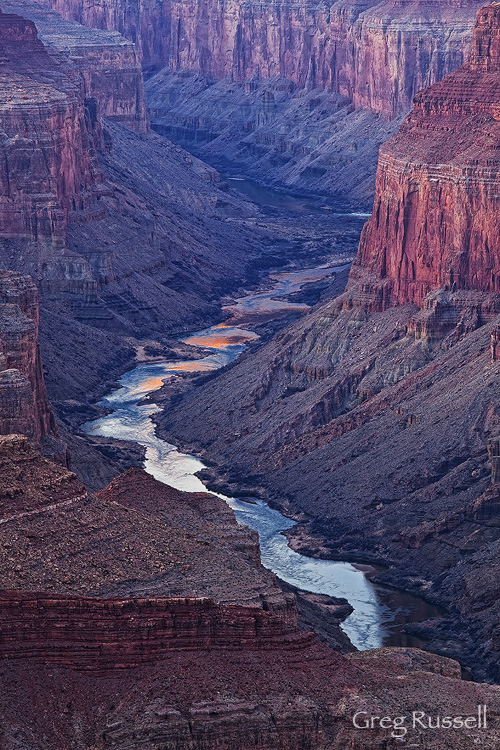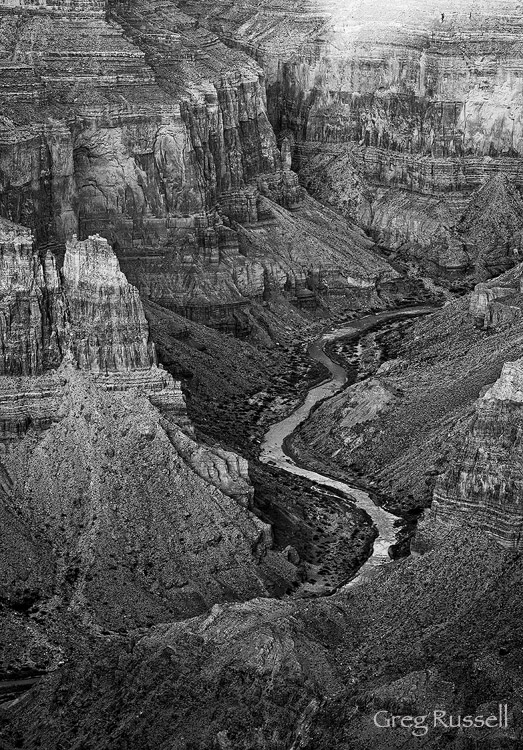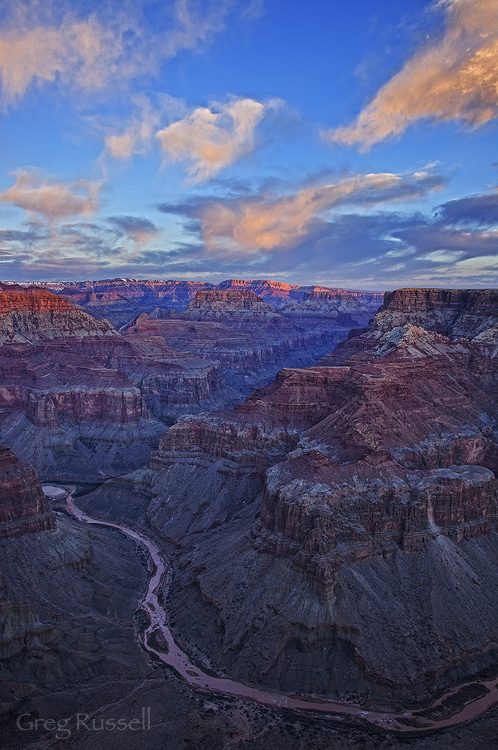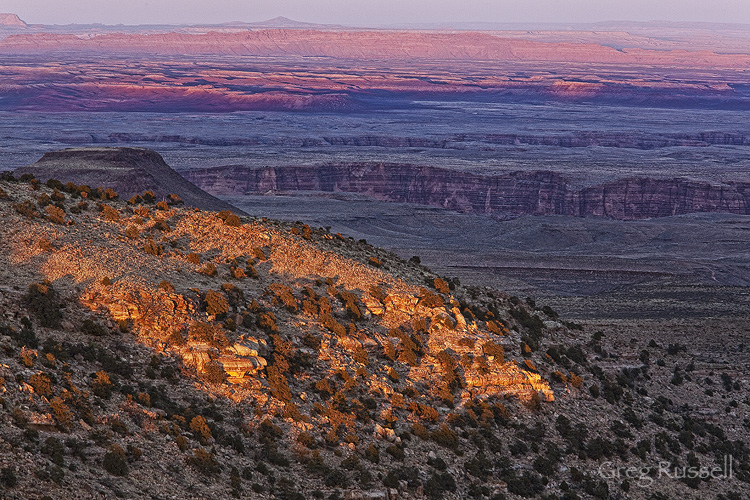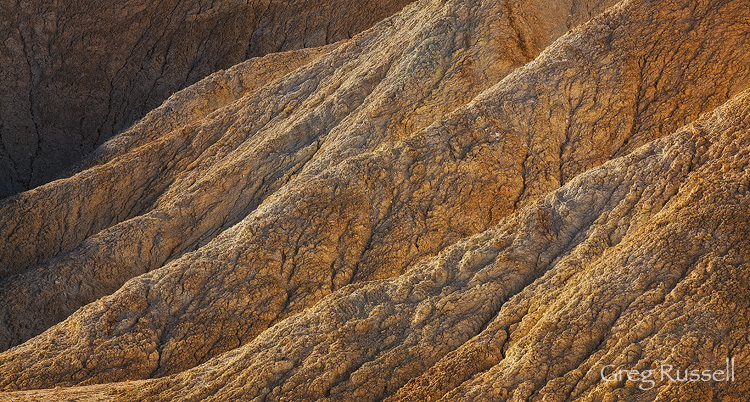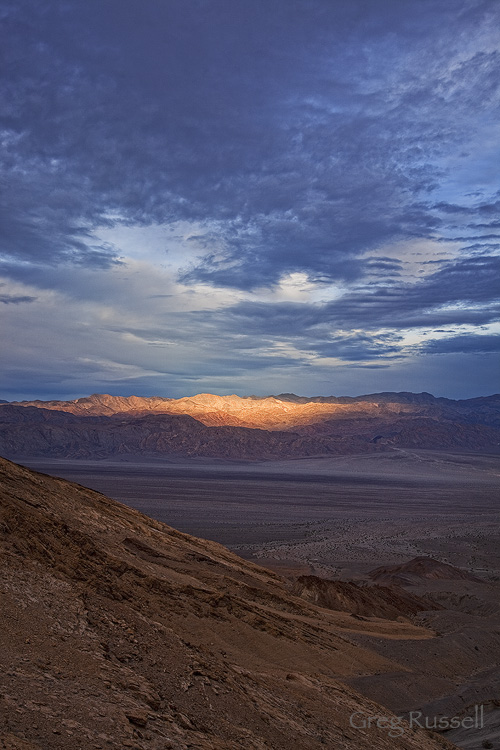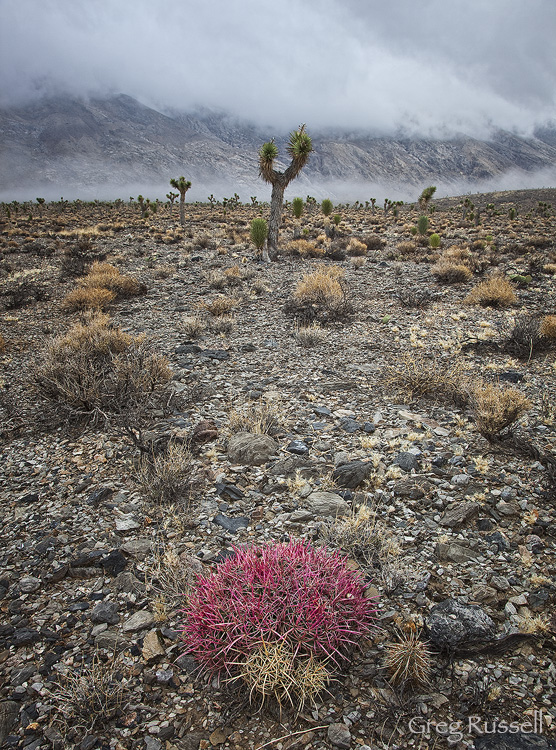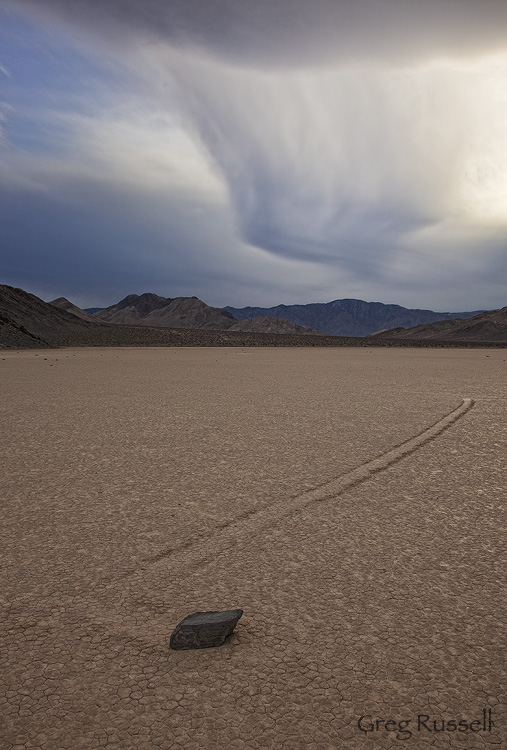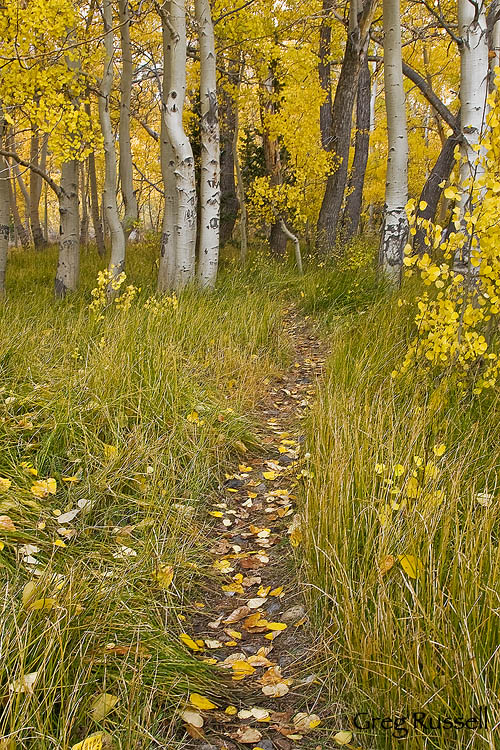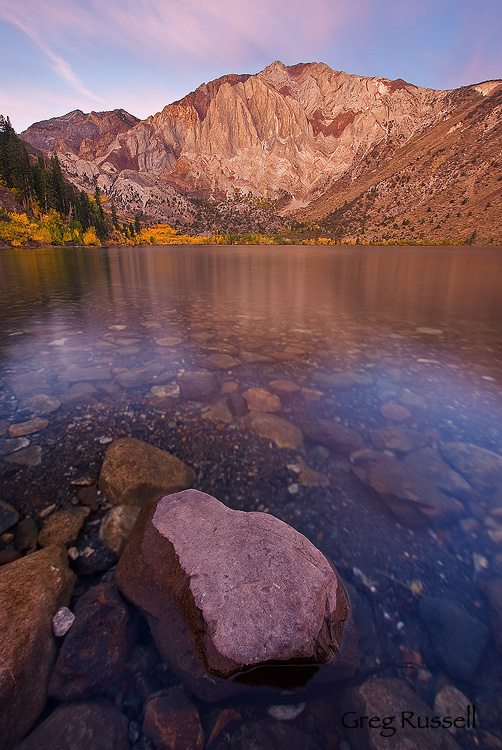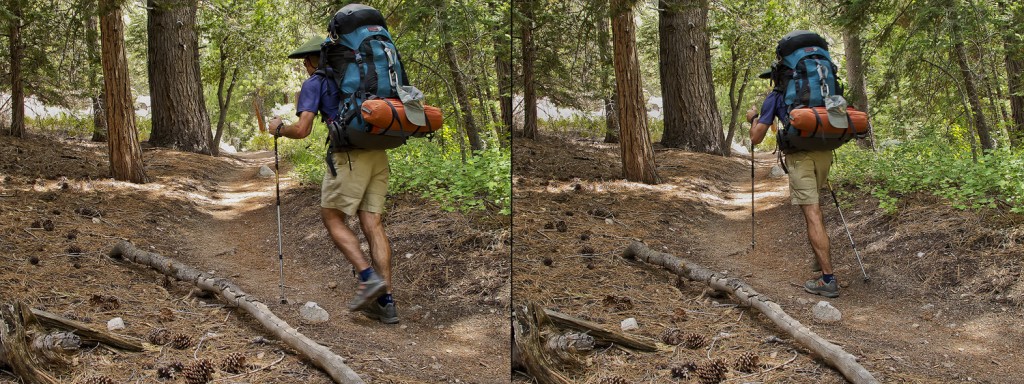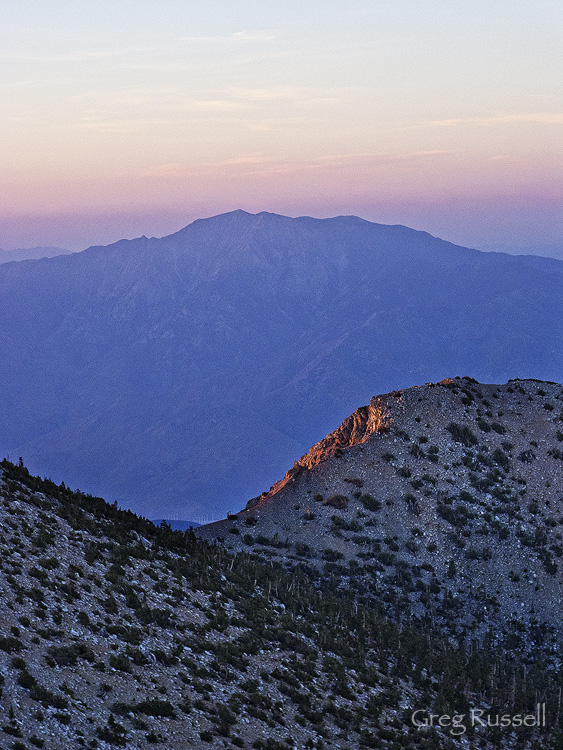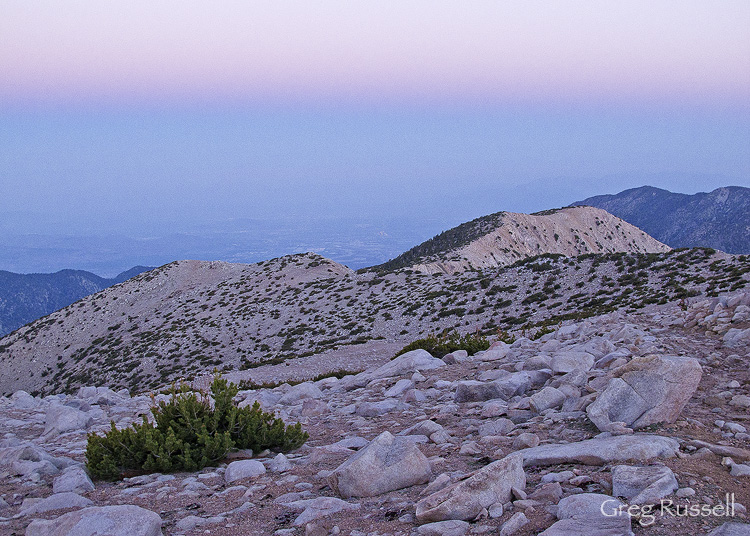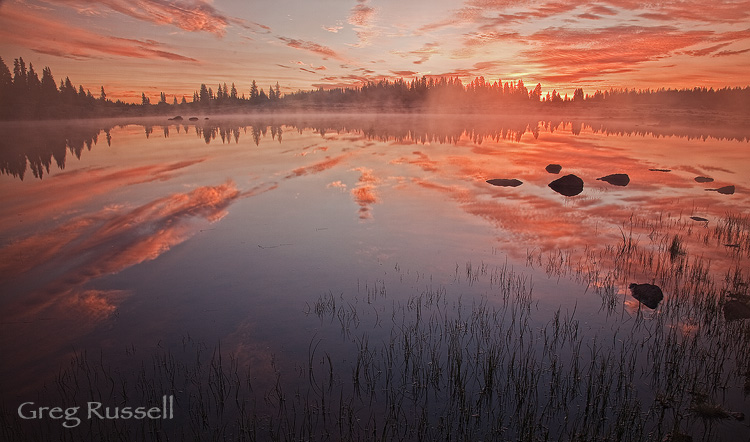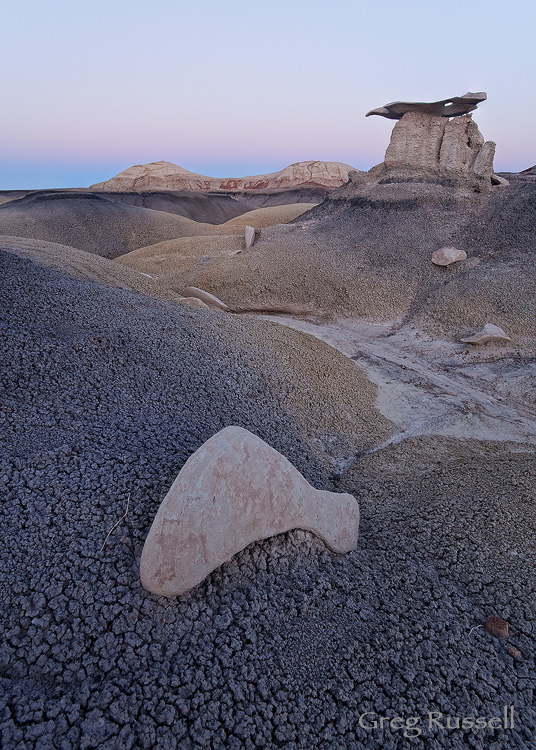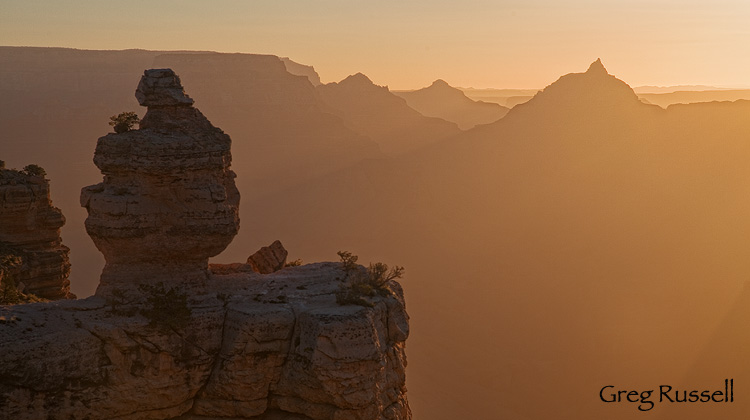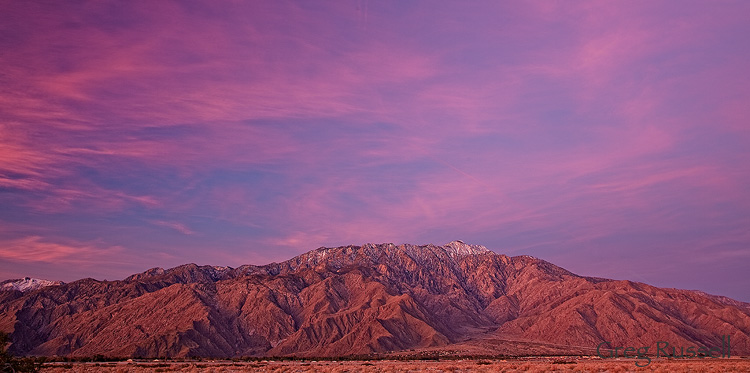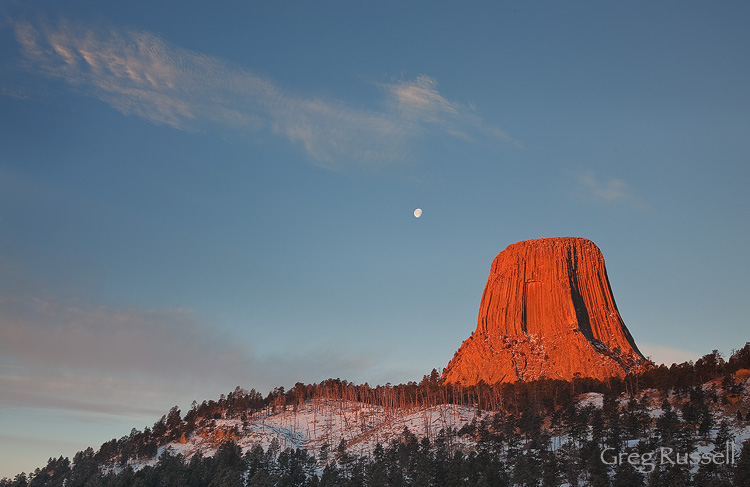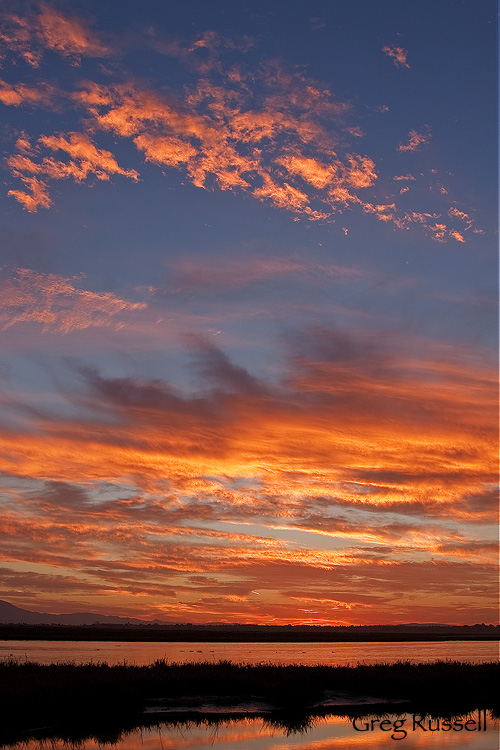For February at 6500′, it’s a warm day–about 40 degrees–and the sun makes it feel even warmer as we hike across the windswept grassland plateau. Snow still blankets the north-facing slopes, but the rest of the ground is free of snow, soft, and slightly muddy in places.
Everywhere, almost literally, signs of elk abound; I have never seen so many turds and tracks in one place. This small plateau must be great winter ground for them. I haven’t seen (or felt) any invasive Drooping Brome (Cheat Grass) in my socks all day, only native Bouteloua (Grama Grass). Here on the Colorado Plateau, where some areas have been grazed extensively, that must be one sign of a healthy ecosystem.
Through the Grama we hike, our heavy packs weighing us down more and more, until–finally–the east rim of the Grand Canyon reveals itself to us.
Last weekend, Jackson Frishman invited me to join him on a trip to visit the confluence of the Colorado and Little Colorado Rivers. Jackson’s proposal was ambitious: nearly 40 miles of hiking in 2.5 days, with no water along the route (we had to carry our own water cache). He introduced it to me as a hare-brained plan, and honestly that’s all he needed to say to get me on board.
Jackson told me he wanted to visit the confluence because the Grand Canyon Escalade–a proposed tourism development on the western edge of the Navajo Nation, which overlooks the confluence. If the project passes, it would include a tram from the rim down to the Little Colorado River (read more about Escalade here, here, and here). For me, it was a good time to familiarize myself with this area, learn a little more about the proposal, as well as to visit the Grand Canyon again; I began my backpacking life there, and the Grand Canyon evokes many special memories for me.
On Friday night, we discussed the final plans over beers and enchiladas, and it was clear that the stress of planning the trip had turned into excitement for what lied ahead. We started out on Saturday morning; our packs were weighed down with a couple of extra gallons of water for the return hike. We dropped the water underneath a couple of stiff piñon boughs to keep it from freezing, as well as to keep it away from the ravens which were surely watching us. As we got closer to the park service boundary with the Navajo Nation, we found an old hogan, with a missing west wall; the doorway of a Navajo hogan faces east to receive the morning sun and it’s good blessings, and when someone dies in a hogan they are carried out through a hole that has been knocked in the west wall, then the home is abandoned.
After several more miles, we crested a hill and scared a large herd of maybe 200 elk out of a drainage. They must have known about a water source that we didn’t. We watched the elk until they disappeared into the horizon and would see them several times over the next couple of days. The final push to the east rim was tortuous; buttes on the north side of the Colorado River were visible, but they never seemed to get any closer. However, finally, after what felt like hours we arrived at Cape Solitude.
Solitude indeed. We had not seen any other human footprints all day, and aside from a windbreak built from rocks, our campsite showed no sign of other humans at all. In the second-most-visited national park, solitude can be tough to come by. It’s a special feeling to have a piece of the Grand Canyon all to yourself.
We woke up to a windy but beautiful sunrise the next morning and hiked back to our water cache (thankfully untouched) from the day before. After rehydrating, I was happy to hike to our second night’s camp, closer to our trailhead, but with another private view of the canyon’s rim. Horned larks flitting through the sagebrush and elk were our only company. The next morning Jackson and I returned to our cars, shared a couple of cold beers, and parted ways.
We hiked through the Grama–through a healthy ecosystem–to a part of the Grand Canyon only a few people get to see. Elk tracks went right up to the rim. I wonder if they admire the view from time to time? In my twentieth year of visiting the Grand Canyon, I still stand in awe of the vast landscape, and can’t help but wonder if some of that awe would be diminished if I could take a tram all the way to the bottom, or if–consequently–the elk tracks didn’t go all the way to the rim.
P.S. You can also read Jackson’s post and see his image of Cape Solitude at his blog here. His blog is always worth a visit, with fantastic writing and wonderful imagery.

